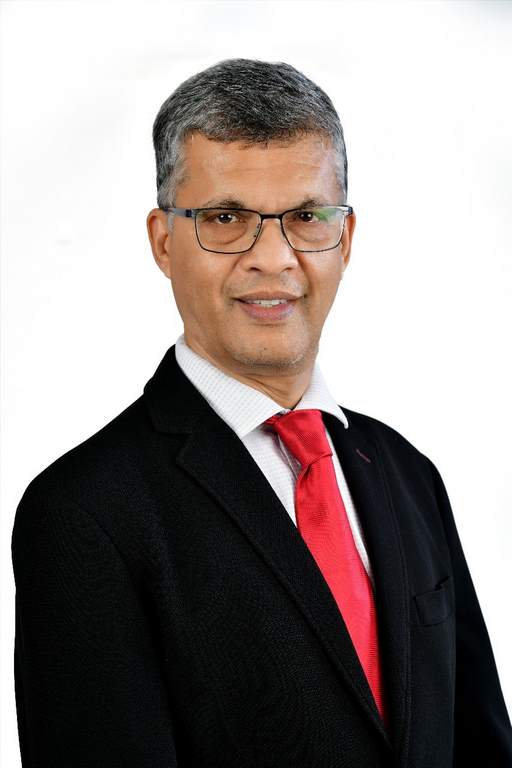
BENGALURU: India is seeing an increase in the incidence of lung cancer, especially among women and younger age groups. This is due to more and more women taking up smoking in the country, and the rising habit of early-age smoking in the younger age groups. Cases of lung cancer are also increasing in non-smokers and light smokers due to rising pollution levels and passive smoking. This was said by doctors of Sammprada Multi-speciality Hospital, Bengaluru, ahead of World Lung Cancer Day.
Dr. Radheshyam Naik, Consultant Medical Oncologist & Hematologist at Sammprada Multi-speciality Hospital commented, “Over 80% of lung cancers are related to tobacco smoking in its various forms. The risk increases with the duration of smoking and the number of cigarettes one smokes per day. Early-age smoking raises the risk substantially. Exposure to carcinogens like asbestos, in addition to smoking, also increases the risk of lung cancer several-fold. Other important risk factors include passive smoking which accounts for 5% of lung cancers. Pollution from traffic and burning fossil fuels indoors for cooking also cause lung cancer, especially among non-smokers.”
Dr. Shivacharan P.V., Consultant Medical oncologist said, “The incidence of lung cancer is 5.6 in 100,000 population. It accounts for 5.9% of all cancers and 8% of all cancer-related deaths. Lung cancer is traditionally the disease of the 4th and 5th decade of life. The highest proportion of cases is recorded in the age group of 55 to 64 years. About 20-25 % of lung cancer patients survive for 5 years or more, while only 10-15% survive for 10 years or more. The associated morbidity and mortality can be reduced by early diagnosis.”
Dr. Vinod K Ramani, Preventive Oncologist at Sammprada Multi-speciality Hospital shared, “Most cases of lung cancer are diagnosed in Stages III and IV when it is already in an advanced state. Only 20-30% of patients get diagnosed in Stages 1 and II. There are several reasons for this.”
Dr.Vishwajeeth Pai, Consultant Medical oncologist added, “A proportion of smokers have chronic bronchitis which is difficult to differentiate from cancer, and hence they present themselves late to a doctor. Many cases of lung cancer get mistaken for tuberculosis initially. There is also reluctance among Indians to get screened for cancer regularly.”
Talking about the main challenges in the treatment of lung cancer, Dr. Varun Kumar, Consultant Radiation Oncologist at Sammprada Multi-speciality Hospital, said: “Many lung cancer patients are smokers, alcoholics or elderly people, with compromised lungs, liver, and heart. The toxicity associated with therapy can be substantial and many patients are unable to tolerate it. The cost of therapy, especially of newer treatments like immune therapy, targeted therapy, and anti-angiogenic treatment, can also be an issue for many patients. The efficacy of therapy is reduced if the patient seeks treatment in advanced stages of the disease. Many patients are addicted to tobacco and continue their smoking habit even during treatment.”
Dr Ajay GV, Consultant Radiation Oncologist at Sammprada Multi-speciality Hospital remarked “To effectively tackle the challenge of lung cancer, there should be regular screening of smokers supported by quit-smoking programs organized by the government and civil society. There also needs to be a change in attitude of physicians who should treat every patient with lung problems as a potential cancer patient.”
